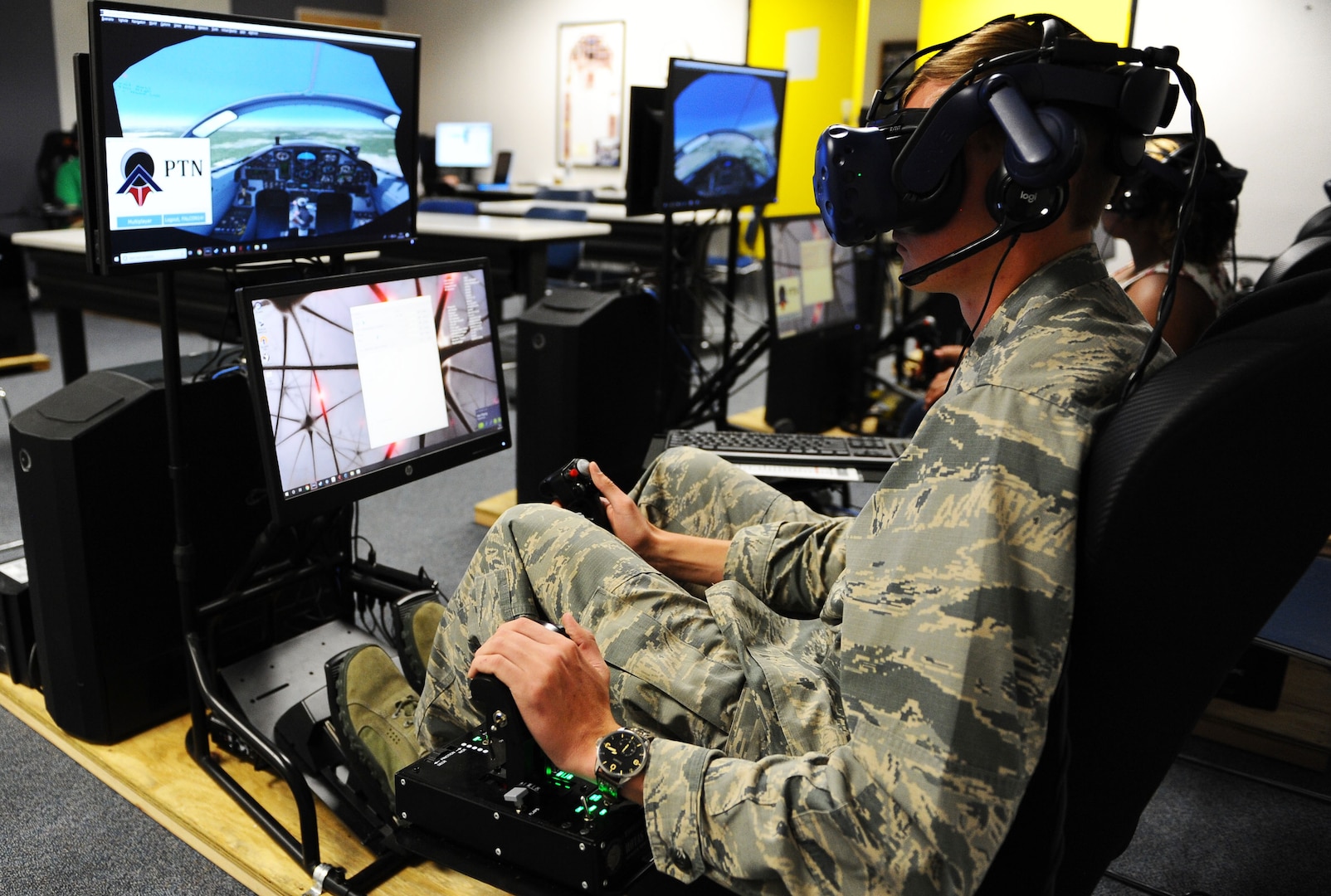The Complexity of Modern Fighter Jets
Modern fighter jets are among the most advanced aircraft in the world, requiring years of specialized training to operate safely and effectively. Even the most experienced pilots require additional familiarization before flying a new type of fighter jet due to the complexity of systems and maneuvers. Most notably, fighter jets are designed for high-performance dogfighting and air-to-air combat that produce extreme g-forces and flight conditions. Without proper training, attempting to fly a fighter jet would be extremely dangerous for the pilot and anyone nearby.
Comprehensive Flight Training Program
To become a fighter pilot, applicants must first complete basic flight training in simpler aircraft like propeller planes to learn fundamental piloting skills. This includes take-offs, landings, and basic maneuvers. Advanced flight training then focuses on operating more complex high-performance aircraft. Pilots learn to control modern fighter jets and handle their increased speed, maneuverability, and systems. They practice dogfighting, formation flying, air-to-air refueling, and other specialized tactics.
Extensive Ground School Education
In addition to flight training, fighter pilots undergo a rigorous academic program. They study aerodynamics, navigation, propulsion systems, weaponry, tactics, and other theoretical topics. Pilots must develop an in-depth understanding of their aircraft and how to maximize its combat capabilities and performance. The ground school program prepares pilots for real-world scenarios and conditions they may face in actual combat situations.
Demanding Physical Training Standards
To withstand the extreme physical demands of flying fighter jets, pilots must maintain very high fitness levels. They follow intensive physical training regimens involving strength training, cardiovascular exercise, and other activities. Trainees must demonstrate the ability to handle high g-forces without losing consciousness or motor function. Regular fitness assessments evaluate pilots’ endurance, reflexes, coordination, and g-tolerance over time. Those who do not meet demanding health and performance standards may be removed from flight status or training.
Additional Unit-Specific Qualification
Even after completing the extensive initial training pipeline, pilots require further certification when changing assignments to new aircraft types. Pilots qualify on the specific models and variants operated by their units. They undergo aircraft-difference training on the systems,weaponry and procedures. Qualification flights then assess competency in operations and emergency procedures. Only after demonstrating proficiency are they approved for operational mission tasking with their new aircraft. Maintaining readiness requires continuous additional training, such as regular refresher sessions and simulator periods.
Demands of Sustained High-Speed Flight
While military fighters and airliners fly at similar cruise speeds, sustained transcontinental flight presents unique challenges. Fighters like the F-4 Phantom set transcontinental speed records but required multiple in-flight refuelings. Newer jets have greater range, allowing some two-tank flights. However, engines can only operate at maximum power for limited intervals due to heat and mechanical stresses. Pilots must carefully manage engine temperatures and wear during prolonged supersonic dashes. Extreme speed also increments navigator workloads for terrain avoidance, en route decisions and airspace coordination at altitudes over 50,000 feet. Precision timing is essential to safely accomplish multi-hour dashes across vast airspaces.
Records and Capabilities of Elite Aircraft
The best performing military aircraft have achieved unprecedented speeds. Starting in the 1960s, the F-4 Phantom and B-58 Hustler bombers set transcontinental speed records around 2.5 hours with aerial refueling. Even faster was the SR-71 Blackbird spyplane, traversing the US in just over 1 hour without refueling due to its unique design. Its 1990 record-setting flight demonstrated the pinnacle of jet-powered sustained manned flight speeds exceeding 2,000 mph. While environmental factors now restrict supersonic flight over land, advanced fighters like the F-15 Eagle likely have the range and speed to beat Phantom-era records. However, with the SR-71 retired, its absolute transcontinental speed record may never be broken. The training and engineering required to safely operate aircraft at the boundaries of jet performance will be historically unprecedented.


 48 Hours in Dallas: A Comprehensive Guide
48 Hours in Dallas: A Comprehensive Guide